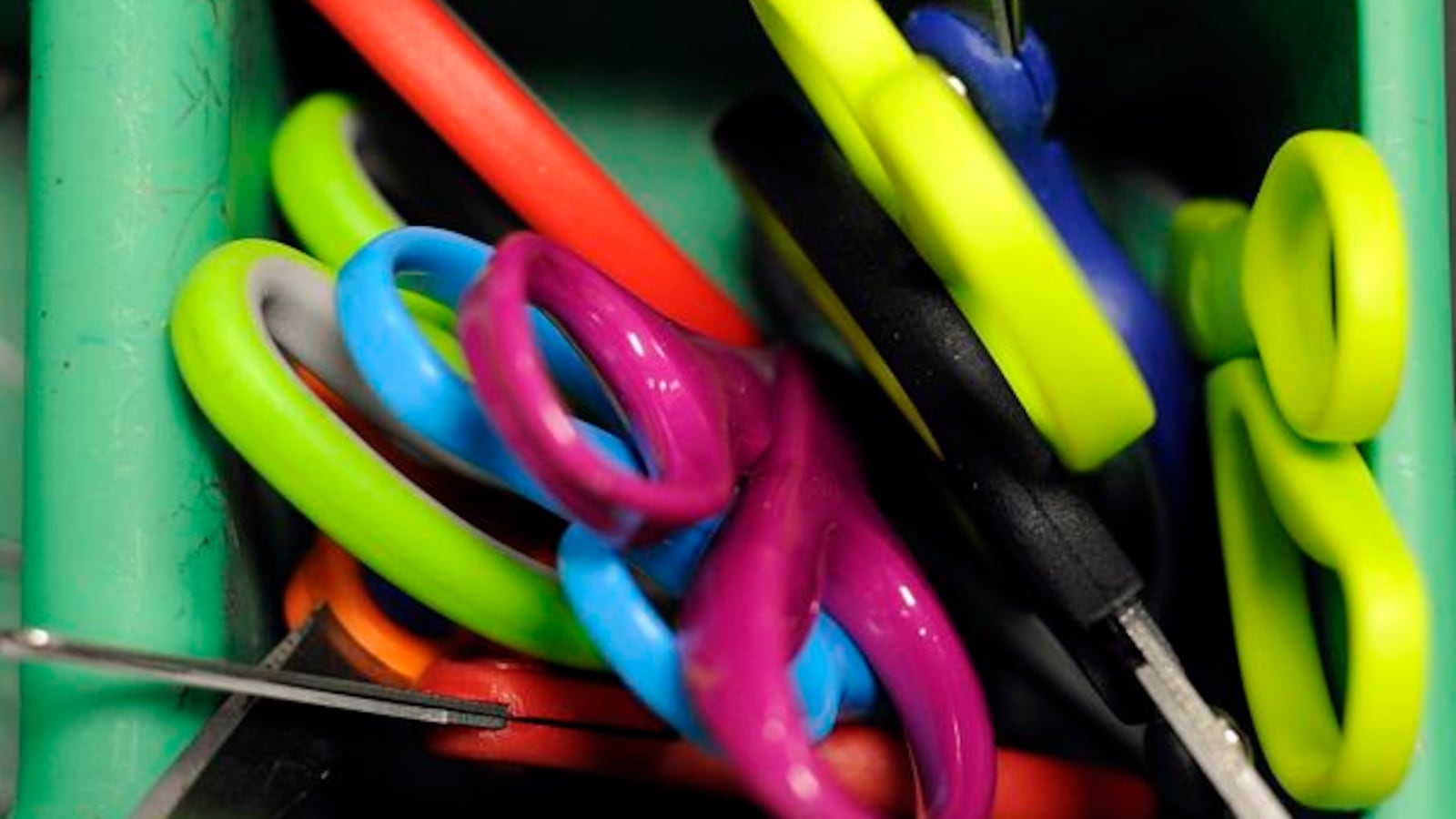Indiana’s sweeping voucher program appears to be reaching an equilibrium. The number of students using state subsidies to pay private school tuition grew at the lowest rate since the program began in 2011.
The state’s voucher program is one of the largest in the nation, and more than 34,000 students received vouchers in 2016-2017. News of the program’s slowing growth comes as vouchers are gaining national attention: In an address to Congress last night, President Donald Trump called on lawmakers to fund school choice programs, including charter schools and vouchers, for “disadvantaged youth.”
Fifteen states and the District of Columbia offer some type of vouchers, but the program in Vice-President Mike Pence’s home state of Indiana has received particular attention as a model for the nation, in part because it received support from U.S. Secretary of Education Betsy DeVos.
In Indiana, growth has slowed dramatically since the early years of the voucher program. A newly released preliminary report from the Indiana Department of Education shows that 1,613 additional students received vouchers — an increase of less than 5 percent over last year.
That’s a sharp contrast with the initial growth in vouchers, when participation more than doubled for the first couple years. That early expansion was partially fueled by expanding eligibility to more families.
But it’s been a few years since the legislature last broadened eligibility for the subsidies, and the slowing growth of the program could suggest that either private schools are beginning to reach capacity or most of the eligible families that are interested in sending their children to private school are already participating.
To qualify for a voucher that is 90 percent of state tuition dollars, a family of four can’t earn more than $44,955 per year. For a 50 percent voucher, a family of four can earn up to $89,910 per year.
Under the most recent draft of the state’s next two-year budget, Indiana is expected to spend $146 million in 2017 and potentially $163 million in 2019 on vouchers due to higher anticipated participation.
Here are some other highlights from the report, which you can read in full here:
- As in years past, the numbers of black students have decreased, falling slightly this year to 12.4 percent. The numbers of white, Hispanic and Asian students have increased, now at 60.2 percent, 19.3 percent and 1.6 percent, respectively.
- More and more students who have never attended public school are also using vouchers — about 54.6 percent, up more than two percentage points from last year.
- This year, more voucher students are coming from the suburbs (up slightly from 22.4 percent last year to 23.1 percent). While those coming from the city have fallen slightly, they still make up the largest share at 60.7 percent.
- The number of students using vouchers and attending charter schools increased slightly this year, and the number of students in traditional public schools and non-voucher private school students dropped.
- Three fewer schools are participating this year than last — over the past few years, the number has remained fairly consistent at about 315 schools.

